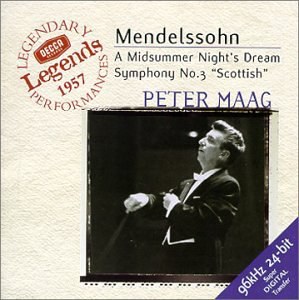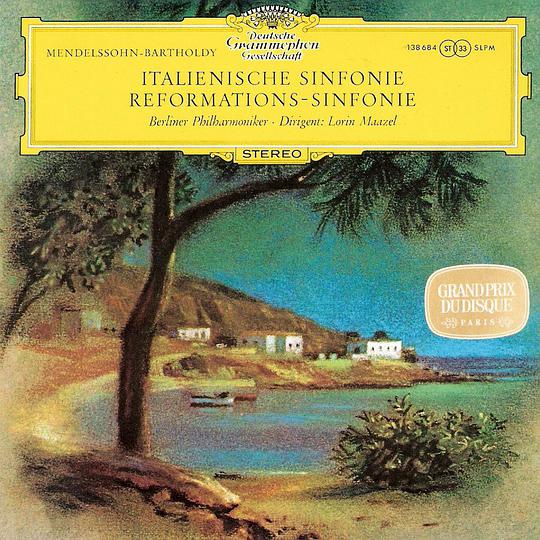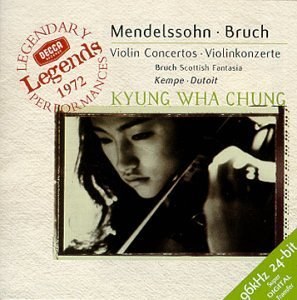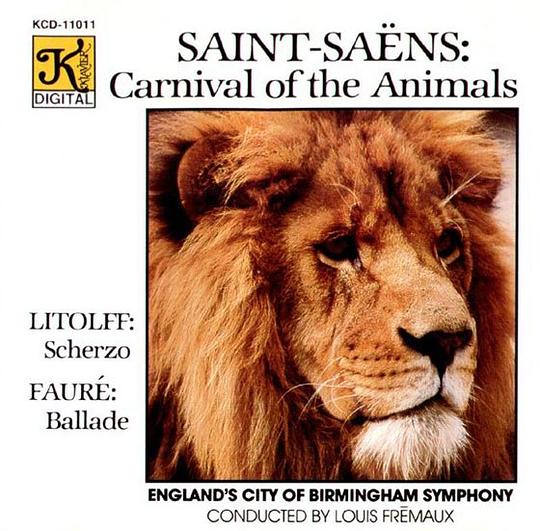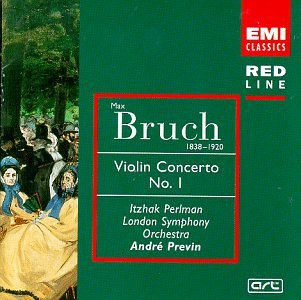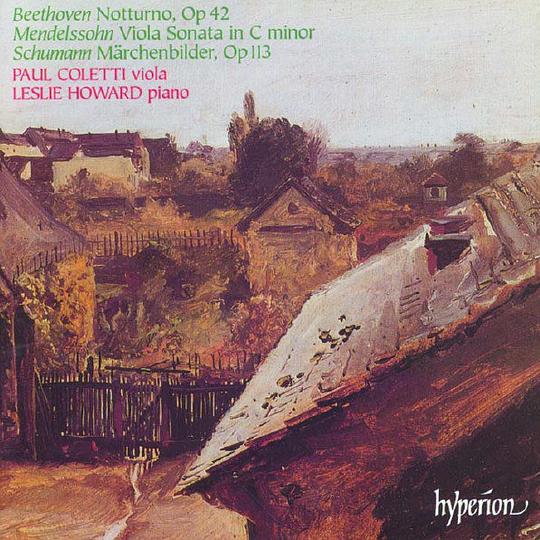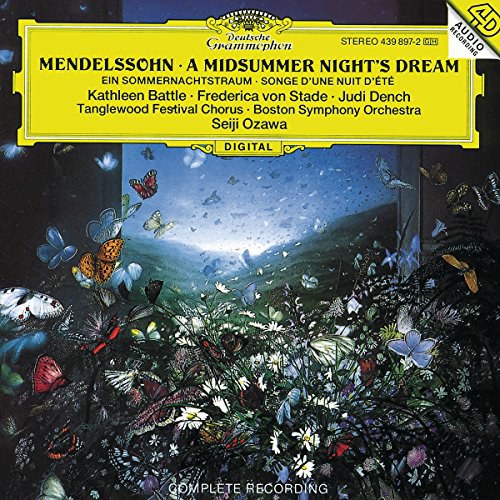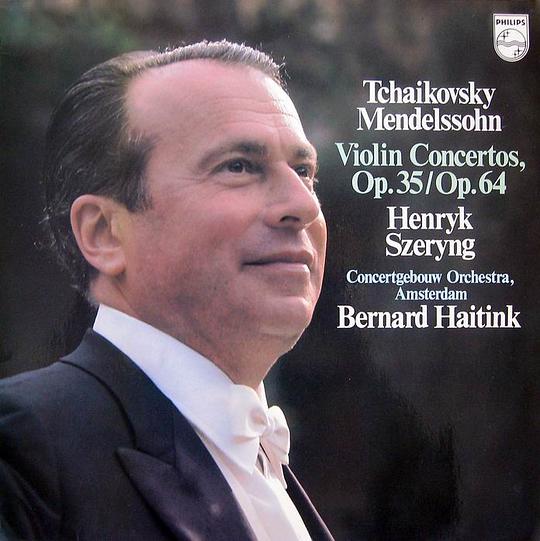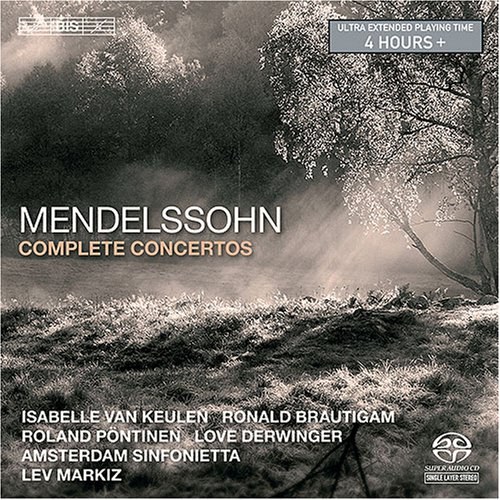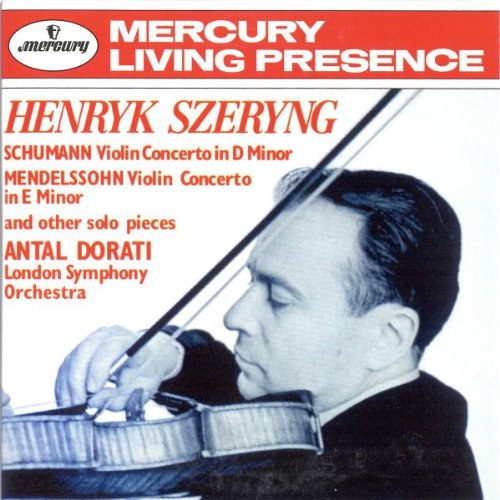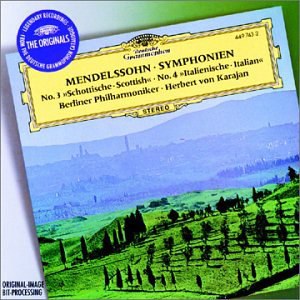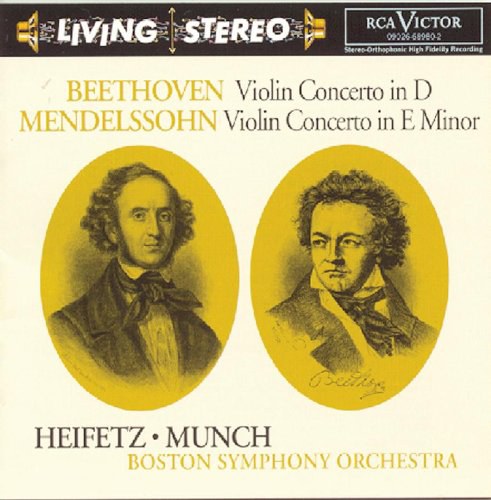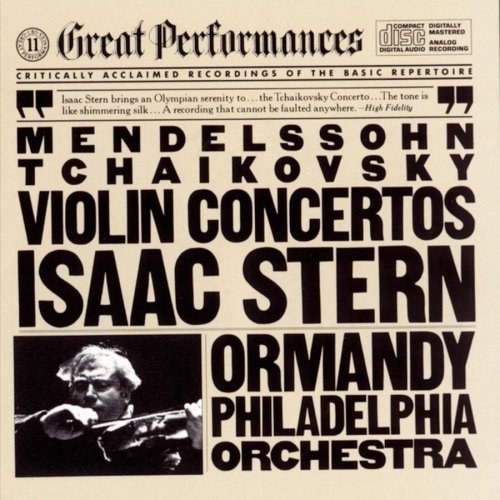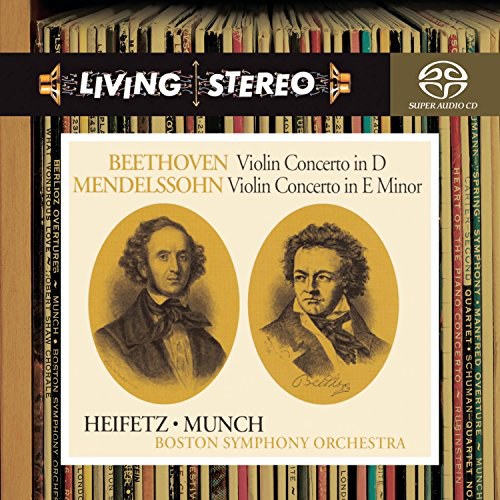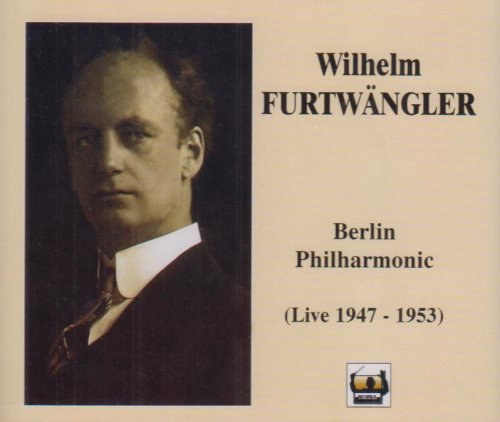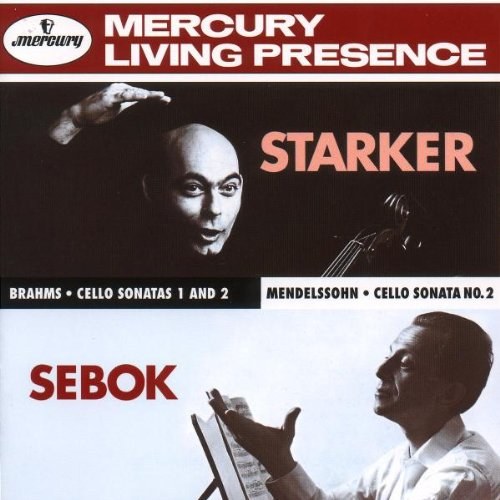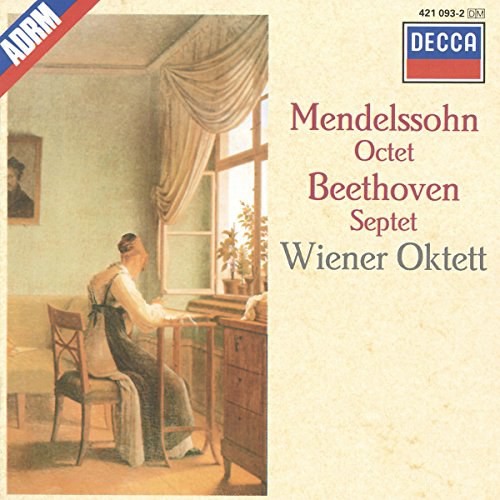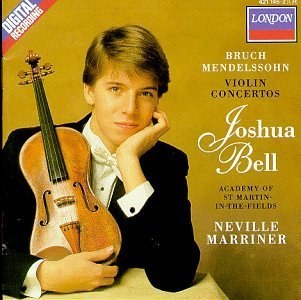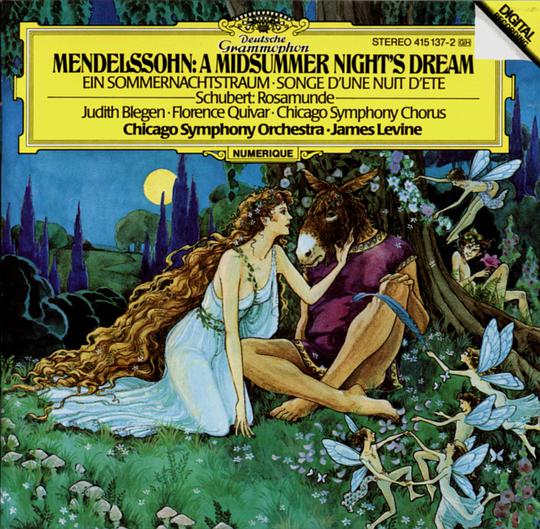Mendelssohn: Midsummer Night's Dream, Symphony No.3 "Scottish" / Maag, LSO 豆瓣
Peter Maag
/
Marion Lowe
…
类型:
古典
发布日期 2000年6月13日
出版发行:
DECCA
Peter Maag conducts a delightfully fresh "Scottish" Symphony, keeping tempos moderately brisk, textures lean, and phrasing intuitive--that is, everything flows easily and logically. The first movement's slow introduction is not weighted down with profundity but instead sets the stage for the terse, energetic allegro to follow. Maag's scherzo is not as fast as Abbado's (also on Decca), but is still vibrant and allows much inner detail to register. The Adagio can be (and often is) the soggy center of this symphony, but Maag's beauty-in-motion conducting prevents any static dullness from setting in, letting the music emerge as the moving piece it is. Maag begins the finale attacca, quickly dispelling the adagio's mood with flashes of fire from the violins. The London Symphony Orchestra's brass and strings really enliven the confrontations near the movement's end, before the seemingly tacked-on coda (Mendelssohn could have left well enough alone with the quiet ending) which, thanks to thrilling horn playing, sounds less tiresome than usual.
The well-filled (79 minutes) disc includes Maag's selections of incidental music from Mendelssohn's A Midsummer Night's Dream. This includes the usual Overture, Scherzo, Nocturne, and Wedding March, as well as four additional selections, some with female chorus and soprano soloists (Jennifer Vyvyan and Marion Lowe) who help create the fairytale atmosphere with vivid, pointed, and colorful singing. This collection allows us to probe deep into Mendelssohn's work without getting bogged down in the repetitions and minutiae of the complete version. The London Symphony again fulfills Maag's vision, playing with sparkle and polish. Decca's 1960 recording of the symphony is full and clear with plenty of depth; the 1957 sound for Midsummer is dynamically limited by comparison.
--Victor Carr, ClassicsToday.com
The well-filled (79 minutes) disc includes Maag's selections of incidental music from Mendelssohn's A Midsummer Night's Dream. This includes the usual Overture, Scherzo, Nocturne, and Wedding March, as well as four additional selections, some with female chorus and soprano soloists (Jennifer Vyvyan and Marion Lowe) who help create the fairytale atmosphere with vivid, pointed, and colorful singing. This collection allows us to probe deep into Mendelssohn's work without getting bogged down in the repetitions and minutiae of the complete version. The London Symphony again fulfills Maag's vision, playing with sparkle and polish. Decca's 1960 recording of the symphony is full and clear with plenty of depth; the 1957 sound for Midsummer is dynamically limited by comparison.
--Victor Carr, ClassicsToday.com
